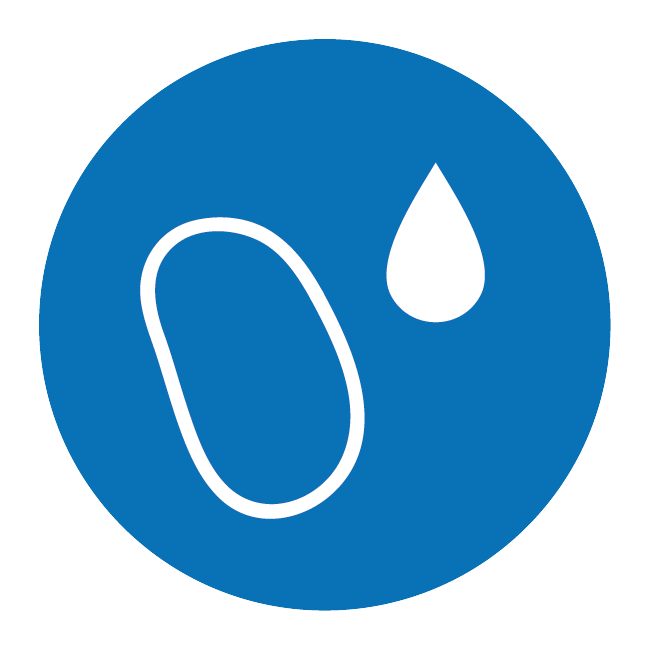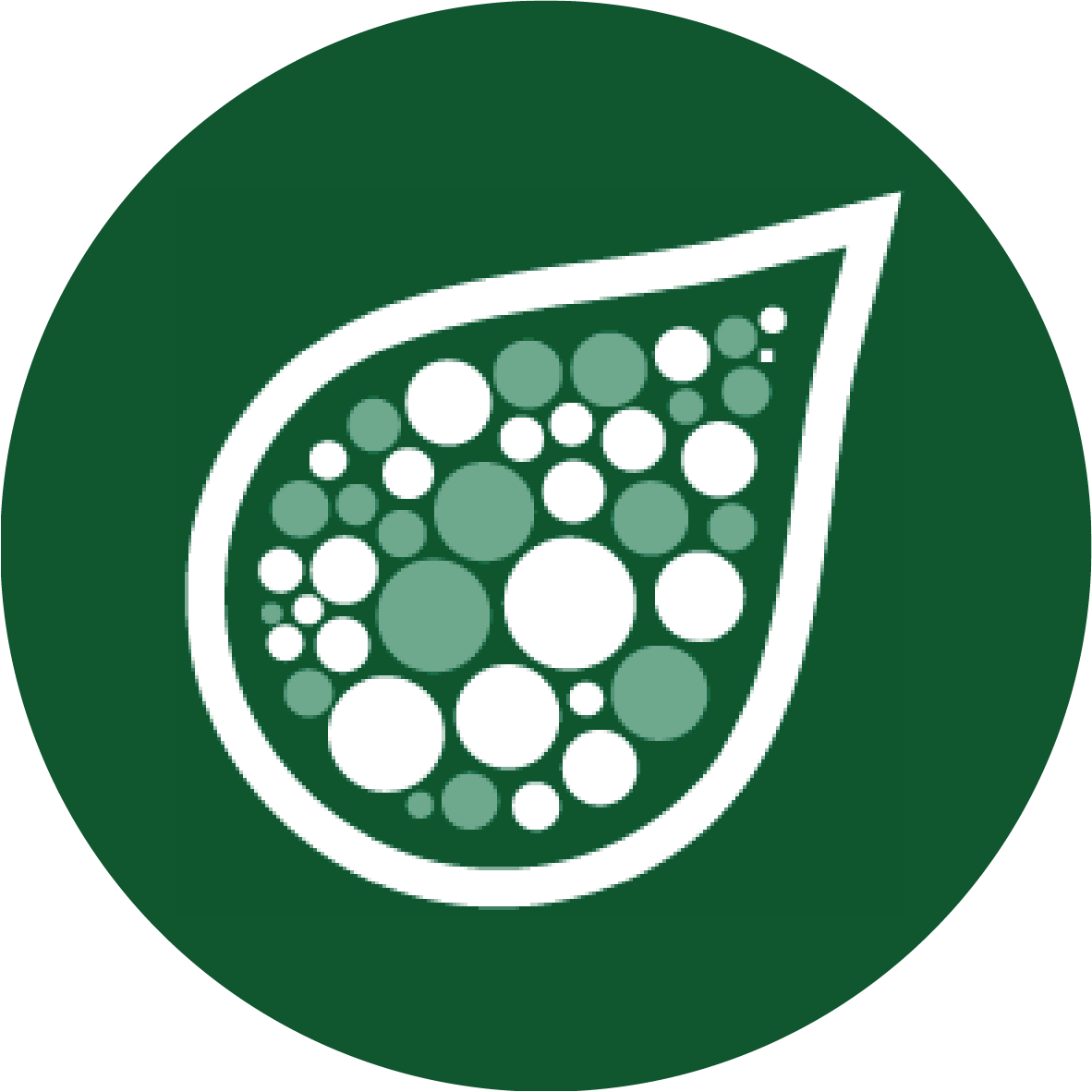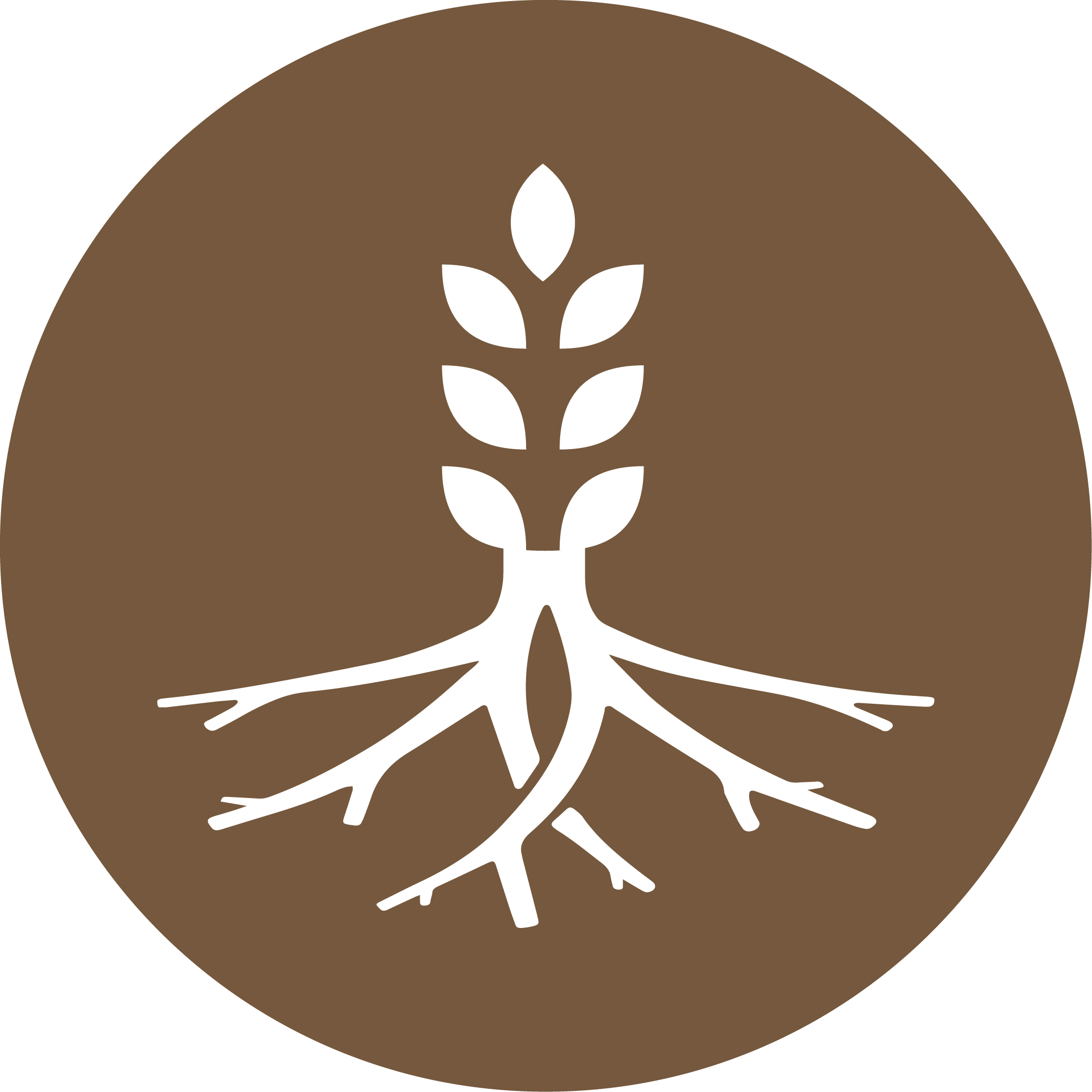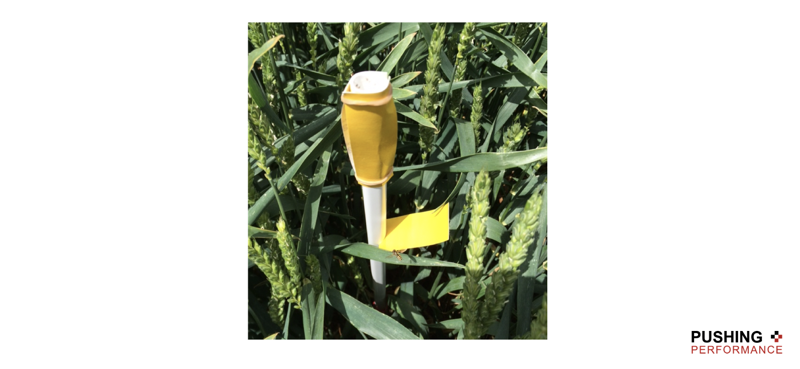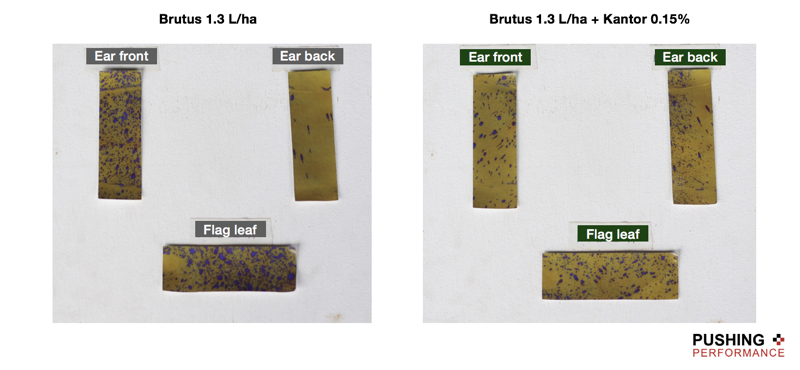Right time, right place key to optimise T3 disease control
Following the driest May on record, the shift to warm showery conditions not only brings welcome relief to parched winter wheat crops, it also heightens the threat of fusarium and foliar diseases that may be lurking in the base of crops. An effective T3 fungicide application, teamed with adjuvant Kantor and applied at the right time, could be vital to protect at risk crops where potential needs preserving.
The T3 fungicide spray is the final opportunity to help crops build yield in the run up to harvest, so keeping crops disease free and optimising green leaf area to maintain photosynthesis for as long as possible, is key to fulfilling yield and quality potential. Each five extra days of full light capture by a green canopy should be associated with 1.0t/ha of extra crop growth (source AHDB), so there’s still all to play for!
Controlling fusarium
Fusarium can reduce grain quality and yield, and whilst yield losses are not often serious, protection should be considered for both milling and feed varieties due to the risk of mycotoxin production and the legal limits in place. Warm, wet conditions during flowering favour fusarium infection, especially in min-till situations and crops following maize in the rotation, causing earblights and seed-borne infection. Any further rainfall and humid conditions at maturity allow secondary infection to occur, allowing further fungal growth and mycotoxin production. Ear blight-causing species Fusarium culmorum and Fusarium graminearum produce the mycotoxins deoxynivalenol (DON) and zearalenone (ZON). High levels can lead to the loss of milling premiums, or even crops being rejected altogether. While other species such as Microdochium nivale do not produce mycotoxins, they can have a severe impact on grain yield and specific weight.
Primary infection is from infected seed, soil, crop debris and volunteers or host weed species. Spores from seedling blight or foot rot lesions that are splashed up the plant move from leaf to leaf are the main source of ear blight infection. For some fusarium species, spores are also wind-spore spread. Ear blight infection occurs during flowering. It affects the grain and completes the life cycle. Contamination with Fusarium usually takes place in the field before or during harvest, but infection may develop in the field or in storage. Losses are particularly heavy with crops that are stored for long periods of time.

Fusarium species cause a range of symptoms on the ear and often show around the milky ripe stage (GS 75). Later infections may result in infection of the grain without obvious bleaching of the ears and the presence of orange/pink fusarium spores may also be visible on infected spikelets. As the crop ripens, symptoms become less visible but at harvest, fusarium ear blight can result in shrivelled grains. There is little correlation between fusarium-damaged grains and mycotoxin occurrence. Therefore, the presence of ear blight symptoms is not a good indicator of mycotoxin risk.
Right time, right place
Fusarium control is based on prevention and requires good coverage of the ear with a suitable fungicide at the right time. Fungicides, should be applied at growth stage 63-65 – early flowering – as the first few anthers have emerged. With only a matter of days to hit the target growth stage, it is vital growers assess at risk crops and apply a protectant fungicide, based around tebuconaole and prothioconazole, when the average growth stage for the field is at growth stage 63-65. This timing will enable the fungicide to protect the entry point from the fungus and prevent it being able to penetrate. As infection occurs via the anthers, spraying too early means the entry point may still become exposed. If it is not possible to spray by GS 65, apply as soon as possible afterwards.
AHDB has produced a useful pictogram to identify the optimum spray timing:

But its not all just down to timing. The ear is an incredibly difficult target to coat with fungicide. It is vital that the ear really has a full protective fungicide coat to prevent spore entry, and this is where adjuvant Kantor has proven its worth time and time again.
Kantor – vital addition to protect crops

Wet conditions at flowering not only increase ear-infection risk but also make the application of fungicides a challenge. A narrow vertical upright target not only makes the ear a difficult target to hit in the first place, often leading to poor fungicide coverage, water – the fungicide spray carrier – also has a high surface tension which prevents the spreading of fungicide to all parts of the ear. It’s an issue that results in poor coverage and therefore inadequate protection with even the best fungicide formulations. It’s essential to pay attention to application and adjuvant Kantor not only reduces surface tension allowing the fungicide to spread out and protect the ear, it also improves fungicide retention and rainfastness, to optimise coverage and protection of the glumes.
Tests conducted on winter wheat have demonstrated just how tricky the ear structure is to hit with fungicide, and how Kantor delivers uniform coverage of the ear, rather than concentrating it on one area that exposes the other sides.
Kantor improves spray deposition & improves coverage
In fusarium trials Kantor has not only reduced fusarium infection, it has also increased yield as a result.
Foliar disease control – top-up
And its not just fusarium that growers need to consider this season. Where the dry conditions in April and May led some to reduce fungicide inputs at the earlier T1 and T2 timings, varieties exhibiting pockets of yellow rust and Septoria lower down in the base of the plant could also now be at risk of rain splash moving spores further up the plant. This will be particularly important in susceptible varieties and lush crops.
Where septoria was not fully controlled at T2, ear sprays should include an element of epoxiconazole or prothioconaole. The prolonged dry warm spell has also favoured brown rust, and where this is present, a tebucolnazole or prothioconaole based fungicide will be beneficial to target rust. Given the season, fusarium may be more of the determinant in terms of application timing where crops are at risk, but either way, the addition of Kantor will help to optimise coverage and fungicide uptake in order to reduce disease and preserve green leaf area and yield building for as long as possible.
Summary
- Target T3 sprays to protect wheat from fusarium, and foliar diseases where needed
- Time application to optimise fusarium protection – growth stage 63-65
- Tailor treatment to disease risk, variety and earlier T1/T2
- Add adjuvant Kantor (at 0.15% of the total spray volume) to optimise coverage and protection in order to preserve yield and quality
How to use Kantor
For more information and recommendations on specific crops, please request our product guide on the Kantor product page. We’ll get a copy of the guide right over to you.





